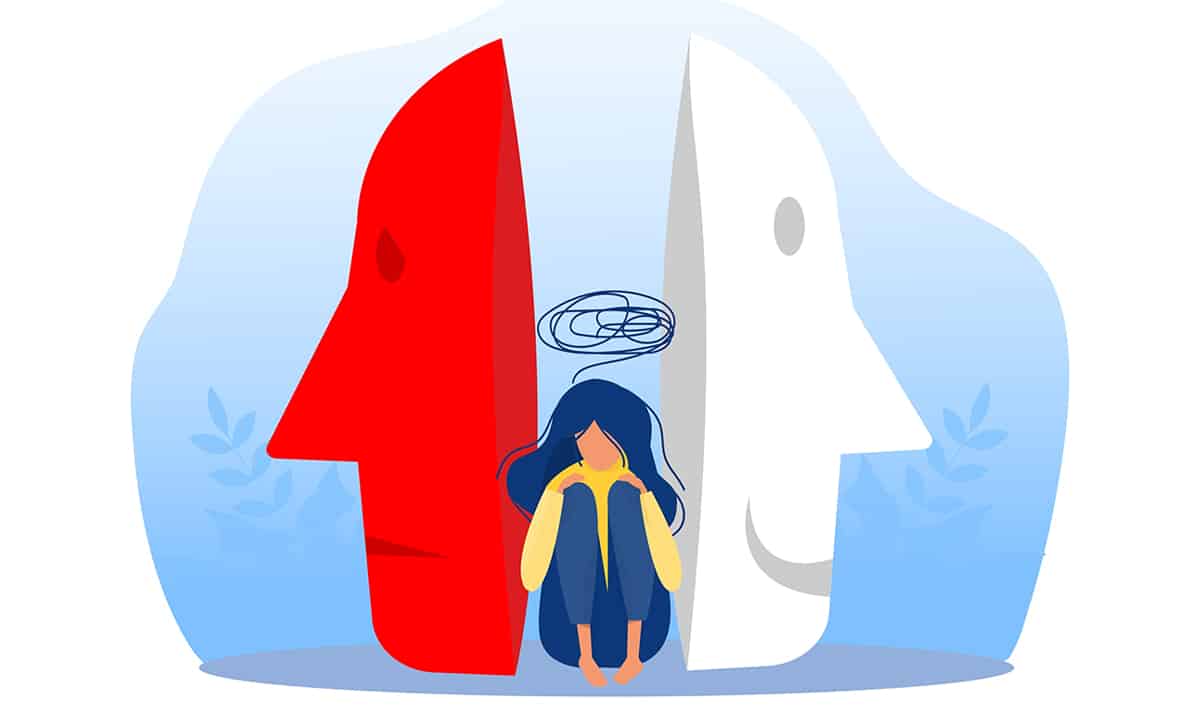Have you ever gone through something horrible that completely devastated you, only to have everyone around you tell you to ‘be positive?’ If so, then you have experienced toxic positivity.
“Toxic positivity is positivity given in the wrong way, in the wrong dose, at the wrong time,” explains David Kessler, a grief counselor. Put simply, toxic positivity is the act of dismissing someone else’s emotions, while asserting positivity rather than validating their actual feelings.
And while most people who use toxic positivity are truly well-intentioned, their actions can be very distressing to someone who is genuinely dealing with something difficult.
Sometimes, toxic positivity can even come in the form of quotes, like “no bad days”, “always think positive”, etc. They may seem pretty harmless on the surface, but that is exactly the problem: toxic positivity is shallow.
However, not all positivity is bad. It’s all about delivery, and there is most definitely a difference between toxic positivity and support and validation.
Psychotherapist Whitney Hawkins Goodman, LMFT, who is the owner of The Collaborative Counseling Center, recently shared a very informative graphic in which she shows the difference between ‘validation and hope’ versus ‘toxic positivity’ and its help.
She gives examples of each, showing how toxic positivity looks versus support and validation (validation and hope.) For example, if someone was going through a difficult time, if you said, “You’ll get over it!” That is a form of toxic positivity. People who are going through a hard time don’t need to be dismissed or made to feel like their feelings are wrong.
It’s normal to feel things, and when people continue to invalidate them with dismissive comments like this, it makes it seem as though your feelings are wrong, and it also looks like that person doesn’t care. It can come off pretty hateful.
As a better and more supportive alternative, you could say, “This is hard. You’ve done hard things before, and I believe in you.” This comment is supportive and validating because it affirms that what the other person is feeling is real, it’s valid, and it’s hard. The last thing someone needs when they are going through something is to try to rush to get over it.
Doing so will only result in them pushing their feelings down deep, and eventually, those feelings will emerge much worse than when they were burrowed.
When we accept our feelings for what they are and allow ourselves to feel that pain, eventually we can move through it. However, it’s no one else’s place to determine when that should or will be, aside from the person feeling them.
Using supportive validation and hope helps the person to see their feelings are valid, and that when they are ready to, they can make it through. I’ve included the chart below, so you can check it out. It’s really helpful in understanding the difference between these two ideals.

If you like it, be sure to check out Whitney’s Instagram, where she posts a lot of informative content about mental health.

